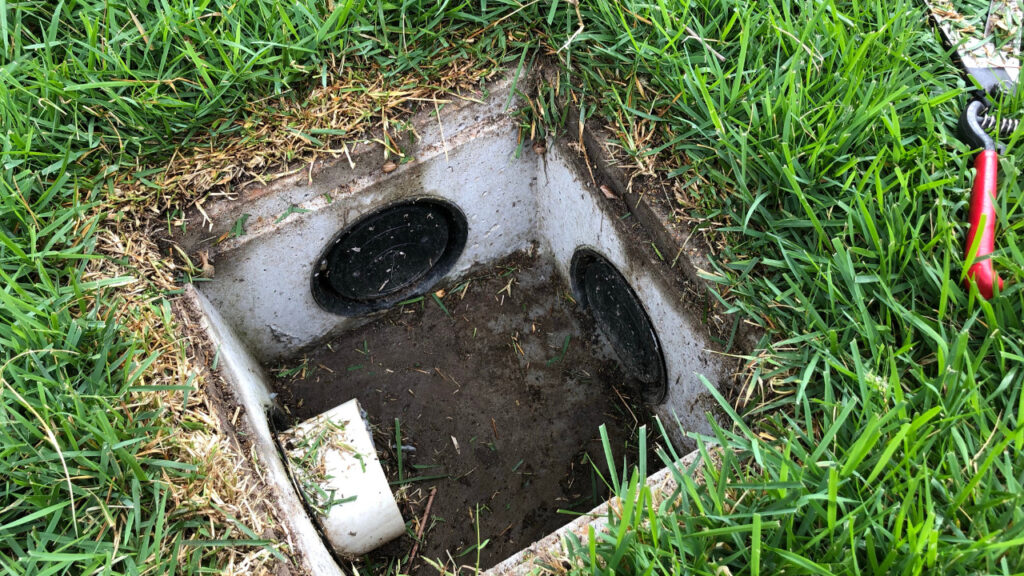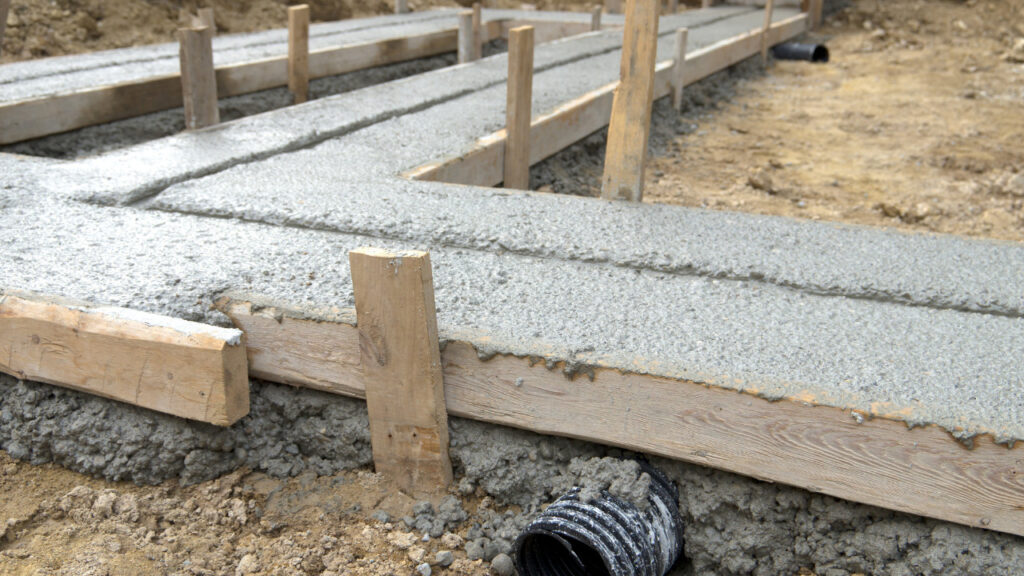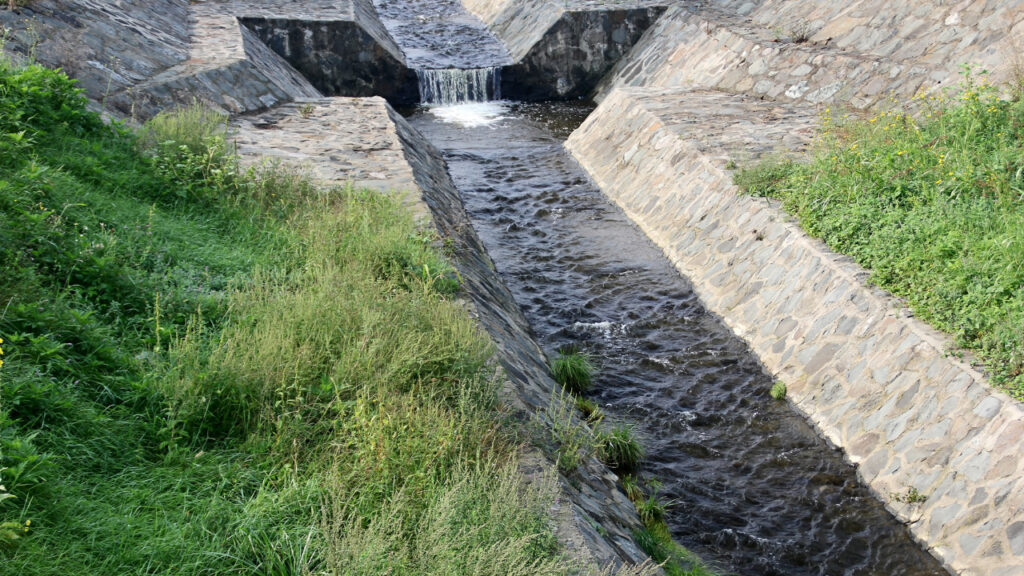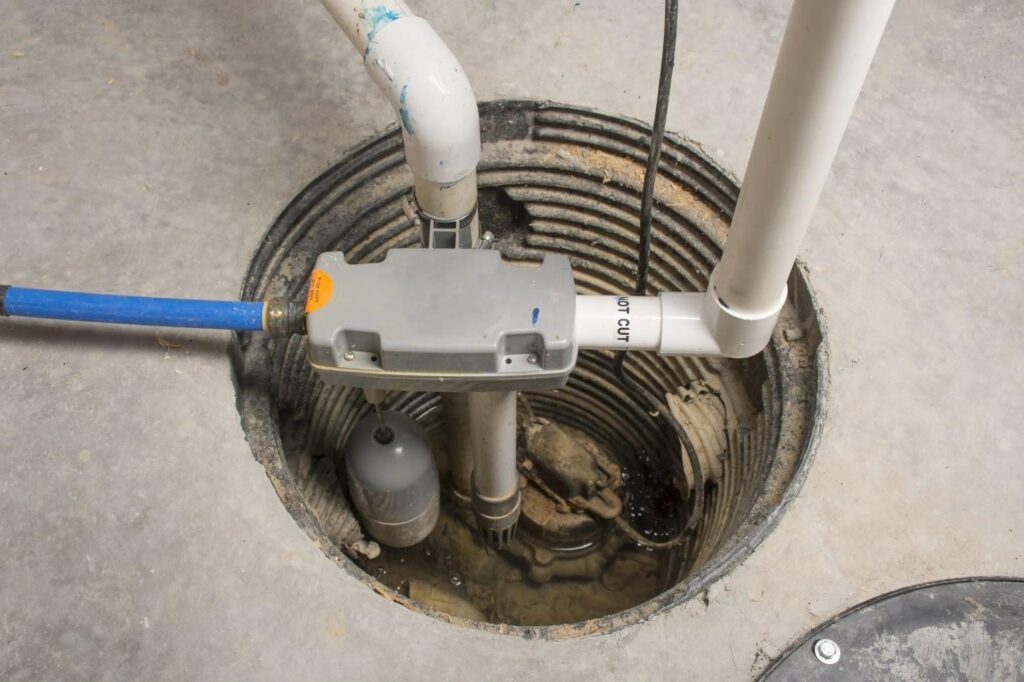Every building requires a foundation that can support the weight of the entire structure safely down to the ground. That’s why your house foundation is the most important component and needs to be safeguarded. That’s where foundation drainage comes into play.
In addition to meeting structural requirements, having an appropriate drainage system is essential for the foundation’s proper operation and the safety of your house. It is because prolonged moisture exposure can readily harm the foundation of your house, something you, as a homeowner, want to avoid at all costs.
There are four different kinds of foundation drainage, and each has advantages and disadvantages of its own. In this article, we will go through everything you need to know about these foundation drainage systems so you can choose the one that’s best for your house.
Table of Contents
What is Foundation Drainage Systems?
The external foundation drain placed along the wall footing and on the outside face of the foundation of your home is what we mean when we discuss foundation drainage.
If you’re having trouble picturing that, it’s probably because each foundation drain is normally backfilled with soil after being covered in a layer of gravel to keep it mostly hidden for aesthetic purposes.
A foundation drain’s function is to remove any extra water that seeps into your home’s foundation. It is essentially a pipe covered in a permeable mesh “sock,” which allows water to flow directly towards it while keeping soil out of the pipe and preventing clogging.
The Importance of House Foundation Drainage
Since foundation drainage effectively waterproofs your house, it is essential to maintaining the structural integrity of your building. You run the risk of subjecting your house to too much moisture without a foundation drain, which will cause rapid deterioration and foundation damage.
It’s critical to realize that the damage brought on by inadequate foundation drainage can be extremely risky and expensive to repair. Nevertheless, there are a few main reasons for installing a foundation drain around your house:
- It will stop water from building up and seeping into the framework of your house.
- It will lessen the likelihood that your house will eventually experience significant settlement problems.
- Less soil erosion will occur in the vicinity of your house.
- There will be much less opportunity for corrosion and the growth of mold and mildew.
- Termite and pest infestation risk will be greatly decreased.
The majority of homeowners are ignorant of the damage that inadequate or nonexistent foundation drainage is doing to their house’s foundation. It’s simpler to determine if you live in a house with a basement because the walls will clearly show signs of moisture buildup. But until it’s too late, homeowners with crawl spaces probably will not realize how much damage is being done.
4 Types of Foundation Drainage to Consider [+Pros and Cons]
Installing foundation drainage should be done from the beginning, that is when the home is being built, as foundation repair is highly costly. A competent contractor can probably still install a foundation drain if you recently purchased a house without one.
Two factors will determine the kind of foundation drainage system you can choose:
- The amount of land that surrounds your house
- The natural process by which rainwater escapes your roof
After determining these two elements, you can install a foundation drain to waterproof your basement and guarantee that groundwater doesn’t seep into the exterior of your foundation walls.
These four foundation drain types are mostly in use:
1. The French Drain
The French drain, sometimes called the weeping drain, is a type of drain pipe with tiny surface holes and a layer of porous backfill covering it. The porous backfill provides a direct path for water to reach the pipe, and the perforations make it simple for water to enter, or weep, into the drain pipe so that it can flow away from the house.
The most popular drain pipe for supplying drainage around foundations is the French drain.
Pros of a French Drain
- They lessen the overall risk of water damage to your home by preventing flooding.
- They have a 30- to 40-year lifespan.
- They are both aesthetically beautiful and reasonably priced.
Cons of a French Drain
- Installing new equipment can be a time-consuming and costly procedure.
- Before installation, any existing structures, like a deck or walkway, must be removed.
- These might not be appropriate for residences near power, water, or communication lines.

2. Footing Drainage
One highly efficient method of draining water is the footing drain. Installed at the same level as the footing, it functions similarly to a French drain and is placed around the outside walls of your foundation.
Additionally, it is covered with a porous backfill material that makes it easy for water to seep through to the perforated pipe, like coarse sand or gravel.
For footing drains to remove water from your home more effectively, they must also be installed on a slope. Usually, the drainage is directed toward the nearest sump pump, sewer, or body of water.
Pros of Footing Drain
- By keeping water from building up around the foundation of your house, footing drains lower the overall risk of settlement.
- If installed correctly, they can endure up to 50 years.
- They’re reasonably priced.
Cons of Footing Drain
- Since installation usually occurs at the same time as the installation of the concrete foundation, it is expensive.
- Mud accumulation has the potential to clog the drain pipes, necessitating periodic maintenance.
- Soil-borne nitrates can infiltrate the drain and flow straight into adjacent water bodies, contaminating them.

3. Grading Drainage
One of the best methods for supplying drainage around a home’s foundation is grading drainage. Making a slope around your house to direct water away from the foundation is known as grading drainage.
Grading drainage guarantees that water is promptly discharged into a neighboring stormwater drain and is typically installed concurrently with the construction of your home’s foundation.
To make sure all water is properly removed from your house when using this kind of draining solution, you might need to install a secondary drainage system, like a French drain.
Pros of Grading Drainage
- It can be used to divert water flow in a naturally occurring way to a stormwater or landscape drain without causing blockages.
- It expands the amount of usable space on your property, which is beneficial for homeowners who enjoy gardening or having greenery all around their house.
- It’s the most affordable way to drain.
Cons of Grading Drainage
- Gardens may become overly saturated with soil.
- Water may collect in improperly constructed grading drainage, causing damage to the siding and lower trim boards of your house.
- There’s also a chance that the water will pool and turn into a mosquito breeding ground.

4. Sump Pit and Pumps
The best places for sump pits and pump drainage are those with frequent heavy precipitation and snowfall, where simple slopes or gradients are insufficient to divert water away from houses.
Water is essentially collected in a catch basin by a sump and pump drainage system, but it takes a certain amount of water before it starts to pump water out.
When the water level rises to a specific level, a sensor trigger causes the sump pump portion of the drain to activate. When the pump is activated, water is forced out of your house and into a storm sewer through pipes with holes in them.
Since a drainpipe is installed along the foundation wall, the sump pit and pump drains are even more beneficial for wet basements and long-term problems. Additionally, the majority of home warranty plans typically cover them.
Pros of Sump Pit and Pumps
- They are capable of preventing sewage backups.
- They can quickly remove any extra water that builds up in your basement.
- They’ll raise the value of your home.
Cons of Sump Pit and Pumps
- Since they are powered by electricity, they need a battery backup to guard against malfunctions, breakdowns, and mechanical damage.
- They necessitate the installation of a sump pump pit beneath your house, which increases the possibility of radon gas leaks.
- They’re not particularly lovely.

5 Components of a Foundation Drainage
Appropriate drainage for a foundation begins at the top and descends through a series of parts.
1. Drains and Gutters
Rainwater from your roof is collected by your home’s gutters and directed to ground level via downspouts so that the foundation drain system can handle it.
2. Solid and Perforated Pipes
Near the foundation are subterranean pipes that are perforated and either rigid or flexible. Water can enter a pipe with holes through it and be directed to pipes without holes. Water is moved out of the house and into a sump pit via solid pipes.
3. Gravel and Fabric
To prevent silt from getting inside and clogging the system, landscape fabric is wrapped around the perforated pipe sections. The gravel that surrounds the wrapped pipes and sits inside the trench facilitates easy water flow underground.
4. Board for Drainage
A drainage board is a component of certain foundation drainage systems that helps water move vertically to below ground level.
Plastic sheets with surface-mounted protrusions that permit water movement are called drainage boards. The sheets are fastened straight to the foundation’s outer surface.
5. Sump Basins and Trenches
The perforated pipe and gravel are located in a trench that surrounds the foundation, except for straightforward sloping drainage systems.
A sump system’s pipes carry the water out to a basin or sump pit. The water is then released to the outside of the house via an automated mechanical pump in the basin.
4 Design Consideration for Foundation Drainage Systems
Many things determine the drainage system type and arrangement in your house.
1. Moisture Level and Climate
To handle the greater water quantity, homes in regions with high precipitation levels and humid climates frequently require more durable foundation drainage systems than those in arid regions.
2. Type of Soil
Your home’s ability to absorb or shed water depends on the kind of soil around it. Sand-filled, well-draining soils can frequently get by with less complicated foundation drainage systems, or perhaps none at all.
Compacted, heavy soils usually call for large drainage systems that may combine elements from multiple drain types.
3. Landscaping
The ideal foundation drainage system depends in part on the landscaping in your yard. Different systems are often needed for the uphill and downhill sides of a house with sloping lawns.
Tree roots and other impediments that can obstruct water flow or harm the system must be removed from foundation drainage systems for them to function as effectively as possible.
4. Code Specifications
Your municipality likely has regulations regarding the location, depth, and allowable discharge of water for foundation drainage.
Construction minimums are the only requirements found in codes, and they might not be adequate for the drainage needs of your house.
Choose the Right Foundation for Your Home!
A foundation drain has several parts that work together to take out standing water from the area surrounding the house and move it to a safe distance away. Without a foundation drainage system installed, homes run the risk of water seeping into the ground around them or pooling and causing damage.
Your foundation drainage needs can be evaluated by a general contractor, foundation specialist, or even a landscaping business. So, choose the right foundation for your home to preserve its beauty.





